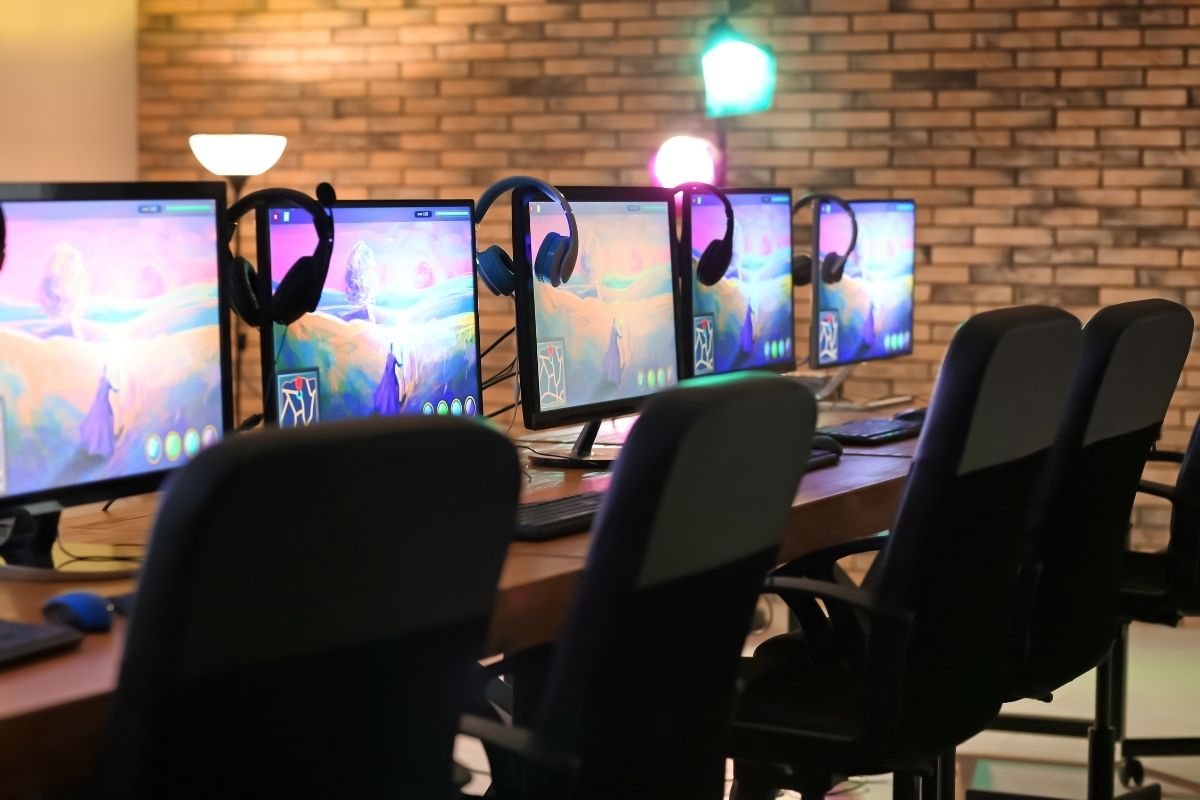How Sports Can Give People Common Ground
One thing you may learn about in sports management education, in relation to global sports, is how they can create common ground between people. These days, sports are being used in global diplomacy, because it allows us to go across cultural lines. It allows us to potentially move beyond conflict because it’s a common thing we can talk about.
Sports are a safe thing we can talk about, or participate in, for that matter. So, they really open the door for opportunities to talk. One really prominent example of this is what they call ping pong diplomacy.
China and the United States did not have very much contact, and in fact, they called it the red curtain, and we couldn’t seem to get beyond that. But, president Nixon was able to begin conversations with China through table tennis. The Chinese, of course, are incredibly gifted at table tennis. When the United States brought a team over to play with them, just that act of participating in something that both countries did enabled a new conversation to happen.
And so, while it was a really big event, and it was, to some degree, maybe a political stunt to do that, it did start the conversation. This shows that it really can, if done properly and strategically, begin conversations because we can find commonality. And that’s really the most important part when we talk about how we can get through barriers or how we can move beyond conflict.
It’s about finding commonality, and that is the starting point. Once you can find things to talk about in common, then potentially the more difficult things can be discussed a little bit differently.
The UN has a number of different programs for women and equality. They’ll use sports as a means to provide new opportunities, or just any opportunities for women, especially in developing areas. Again, they’ll engage with nonprofits, like The Power of Play, for example, out of Sweden, that give opportunities to participate in sport.
Other ways are just, again, trying to use sports as a hook to make people feel more comfortable, to educate them, to give them a sense of security with something that they know. In the case of refugees, they’re ripped out of their homes. They’ve lost everything that they know. They’re plopped into a new culture, and that’s a lot of change to endure, but they do know soccer.
Soccer is something that’s familiar to them, and it’s something that can, again, begin to bridge those gaps between new and old cultures and begin to help us see where commonalities lie. This allows us to begin to build an understanding, and hopefully, to change a life.
You can learn more about how global sports bring people together, in addition to all things related to sports management with online sports management education. All you need to get started is an internet connection, and a passion for learning and exploring new concepts.


